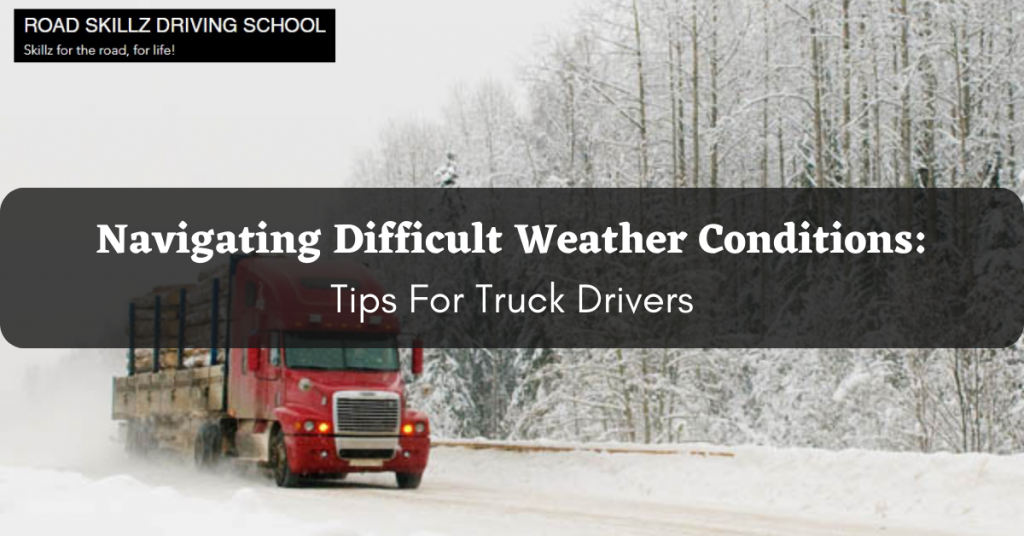Uncategorized
Navigating Difficult Weather Conditions: Tips For Truck Drivers
Driving a truck can be challenging, especially when faced with difficult weather conditions. Adverse weather, such as rain, snow, fog, or strong winds, can significantly impact road safety and require special attention from truck drivers. Here are some important tips to help truck drivers navigate difficult weather conditions:
1. Stay Informed: Before hitting the road, check weather reports and road conditions. Stay updated on any weather warnings or advisories that may affect your route. This will allow you to plan your trip accordingly, considering alternative routes or adjusting your schedule if necessary.
2. Reduce Speed: When driving in challenging weather conditions, it’s crucial to reduce your speed. Slow down to a safe and manageable speed that allows you to have better control of your truck. Keep in mind that larger vehicles, like trucks, require longer stopping distances, especially on wet or icy roads.
3. Increase Following Distance: Maintaining a safe following distance is essential in adverse weather conditions. Increase the distance between your truck and the vehicle in front of you to have enough time to react and brake if needed.
4. Use Headlights and Signals: Ensure your headlights are on, even during the day, to improve visibility for yourself and other drivers. In foggy conditions, use fog lights if available and refrain from using high beams, as they can create glare.
5. Be Cautious on Slippery Surfaces: In snowy or icy conditions, be aware of the road’s slippery surfaces. Reduce acceleration and avoid sudden braking or acceleration, as it can cause your truck to skid. Instead, apply gradual pressure to the brakes and accelerator. Use engine braking techniques when descending hills to maintain control.
6. Maintain Proper Visibility: Keep your windshield, mirrors, and lights clean and free from ice, snow, or dirt. Ensure your windshield wipers are in good condition and functioning correctly.
7. Watch for Crosswinds: Strong winds can affect the stability of your truck, especially on open highways or exposed areas. Be prepared for gusts and maintain a firm grip on the steering wheel. Adjust your
speed and position to counterbalance the effects of crosswinds.
8. Take Breaks When Needed: If weather conditions become too severe or unsafe, find a safe place to pull over and wait for conditions to improve. It’s better to delay your trip and prioritize safety than to continue driving in hazardous conditions.
